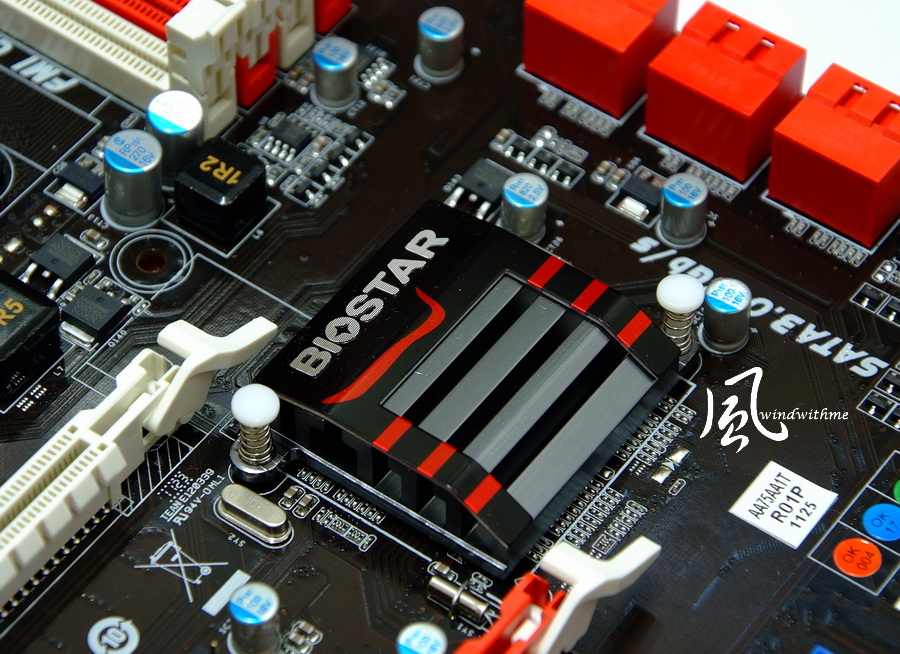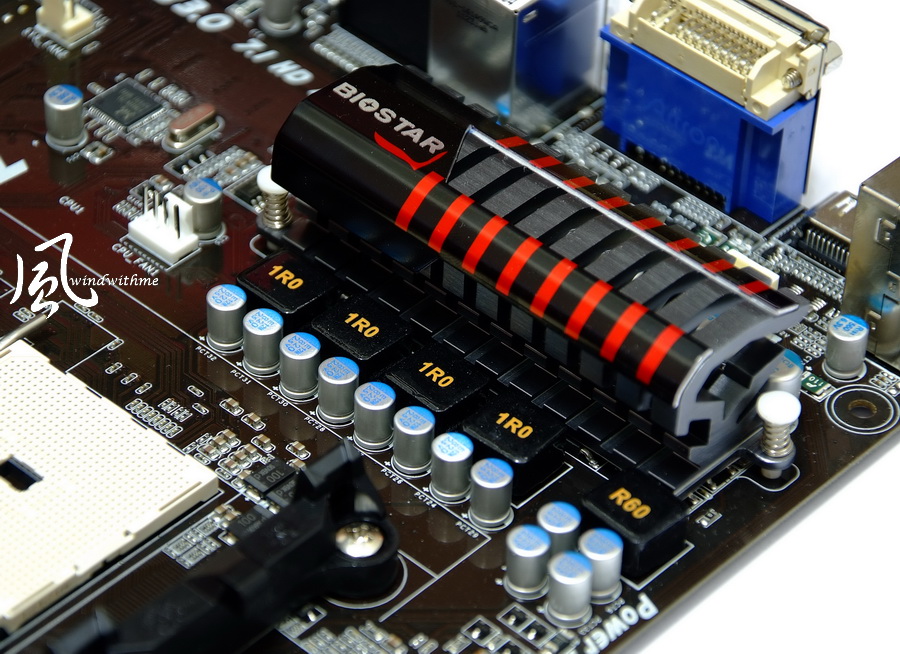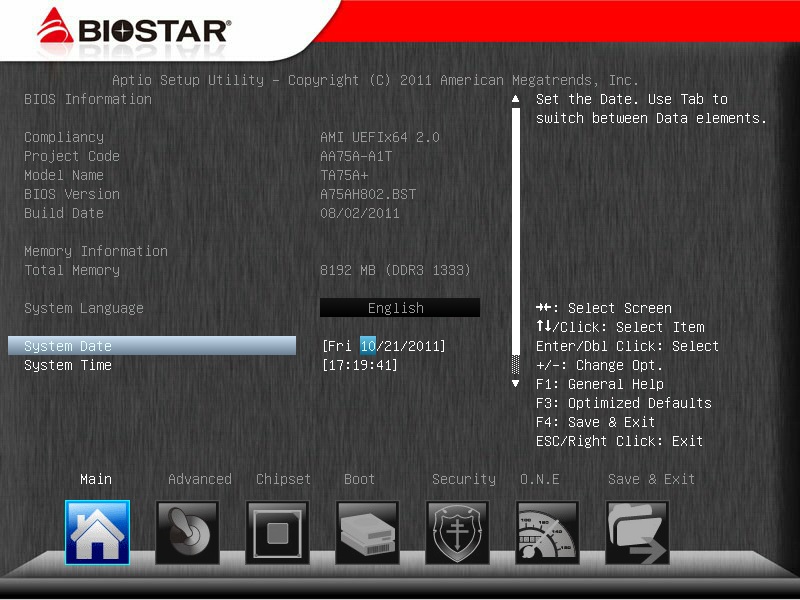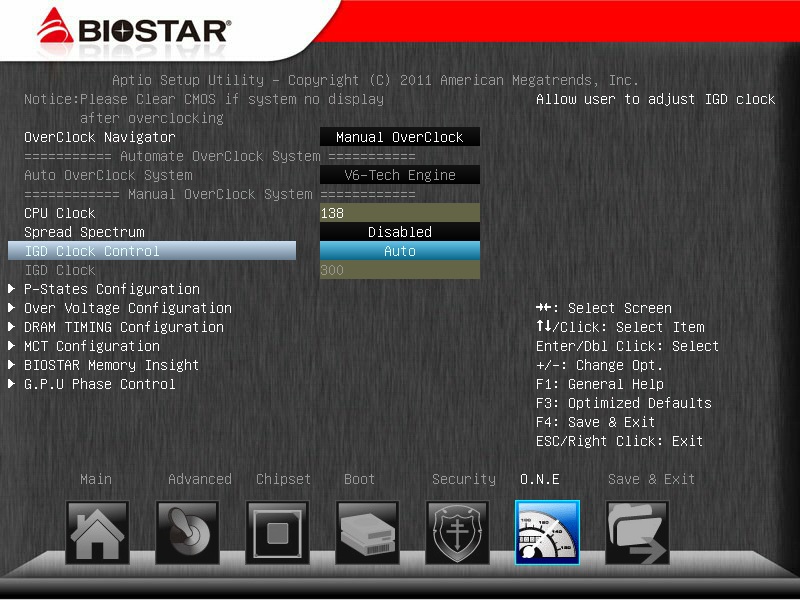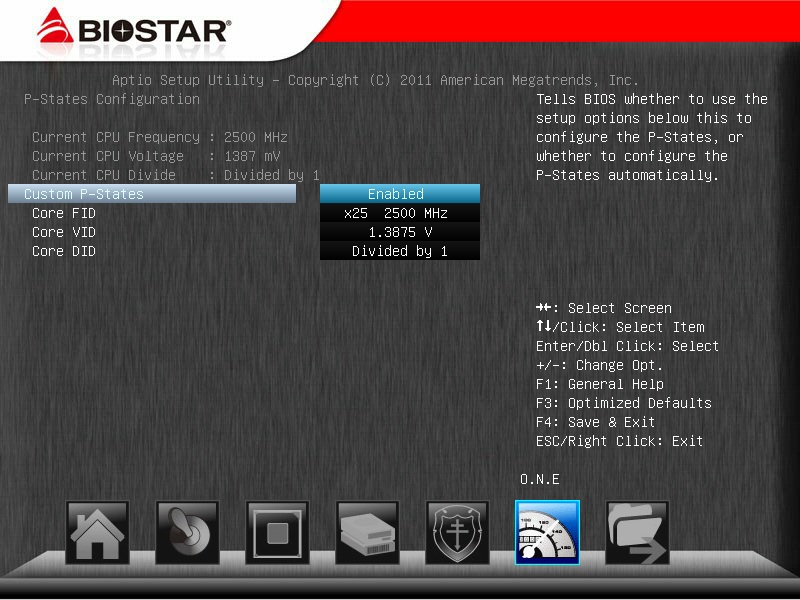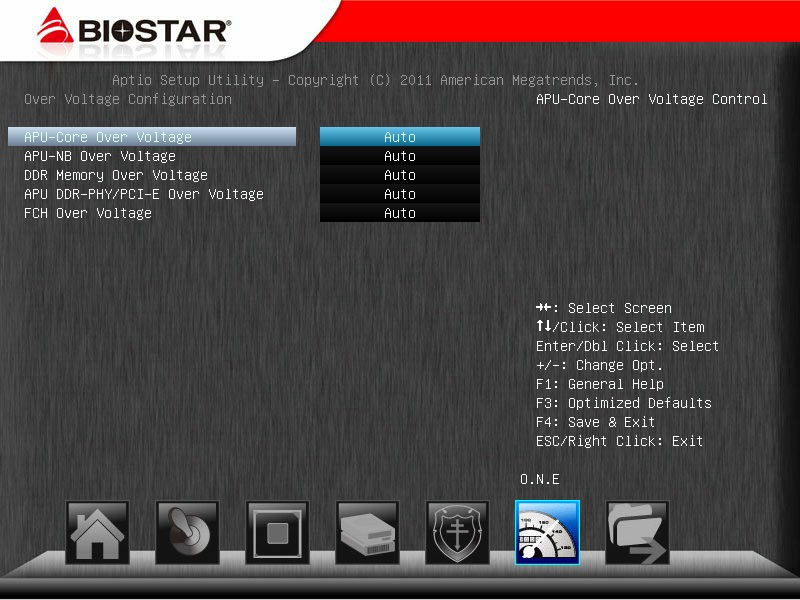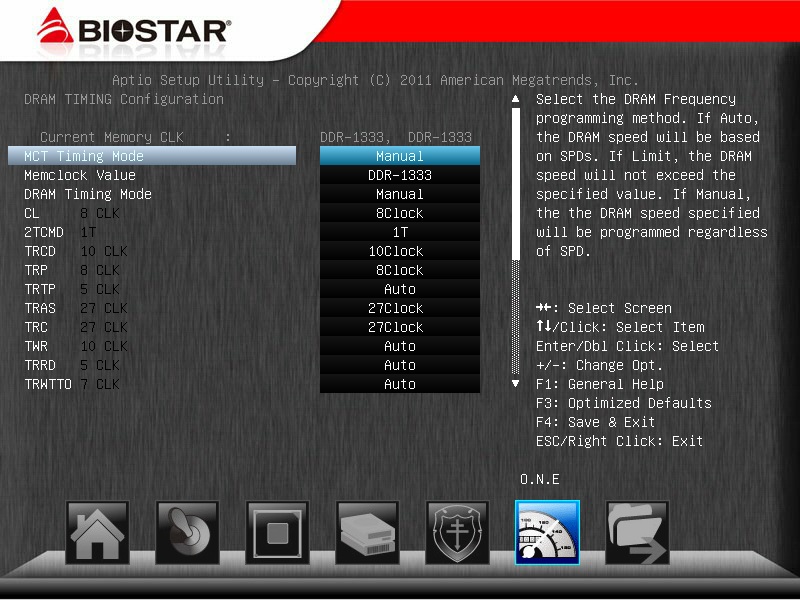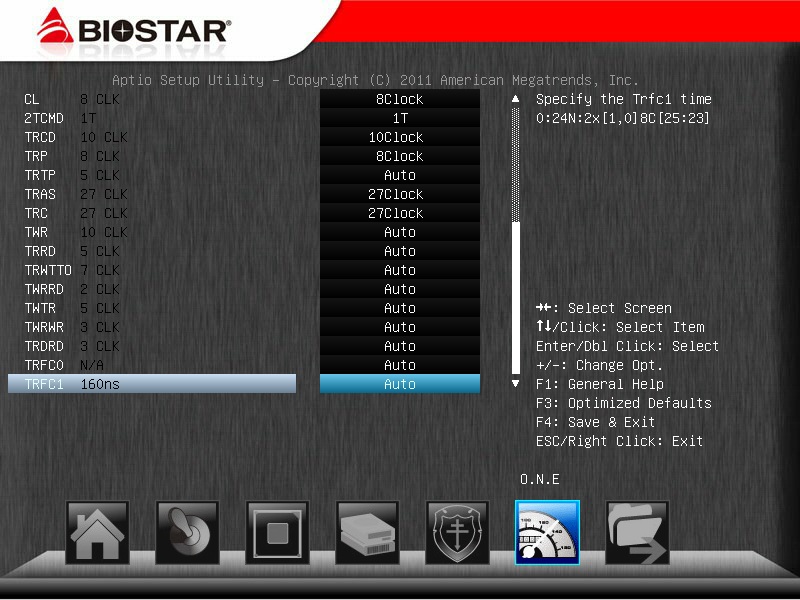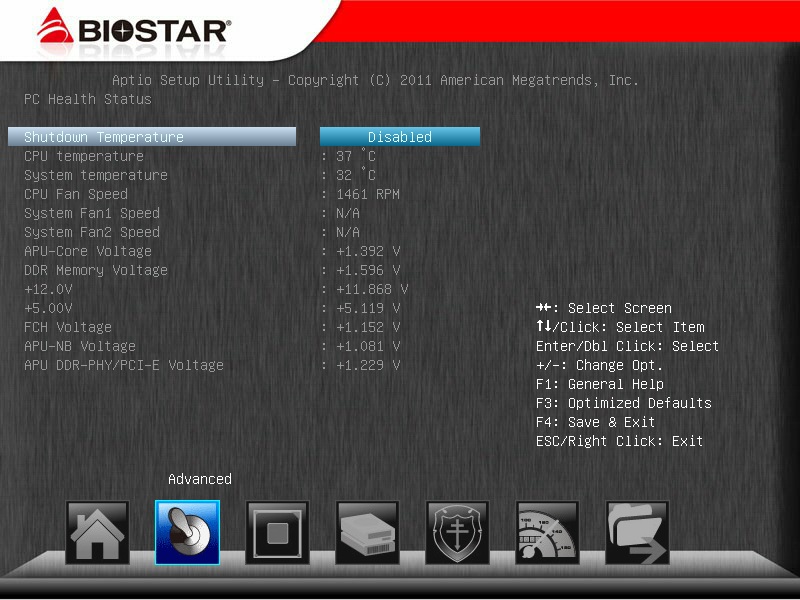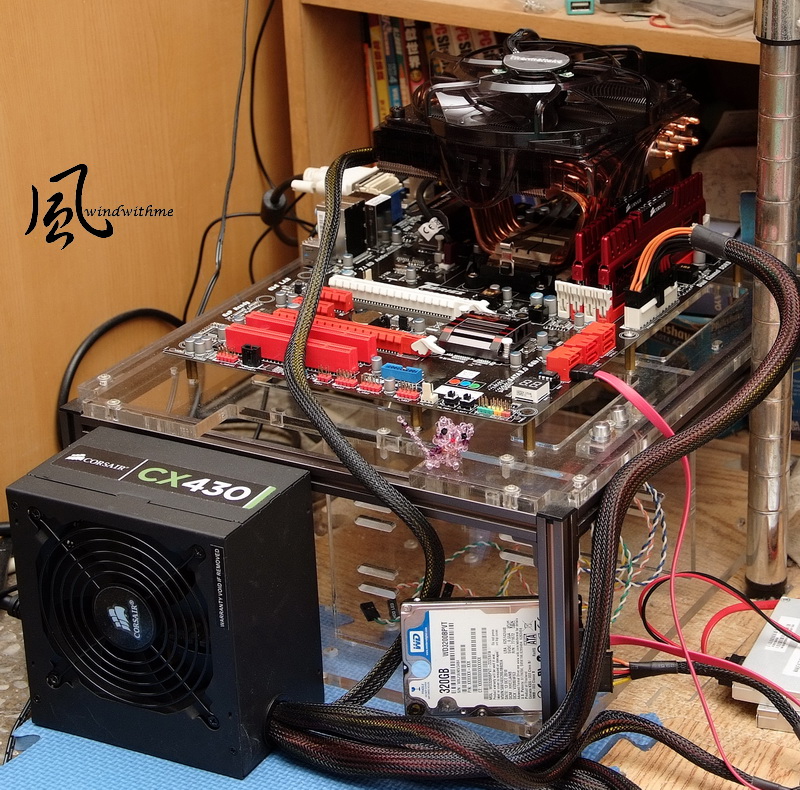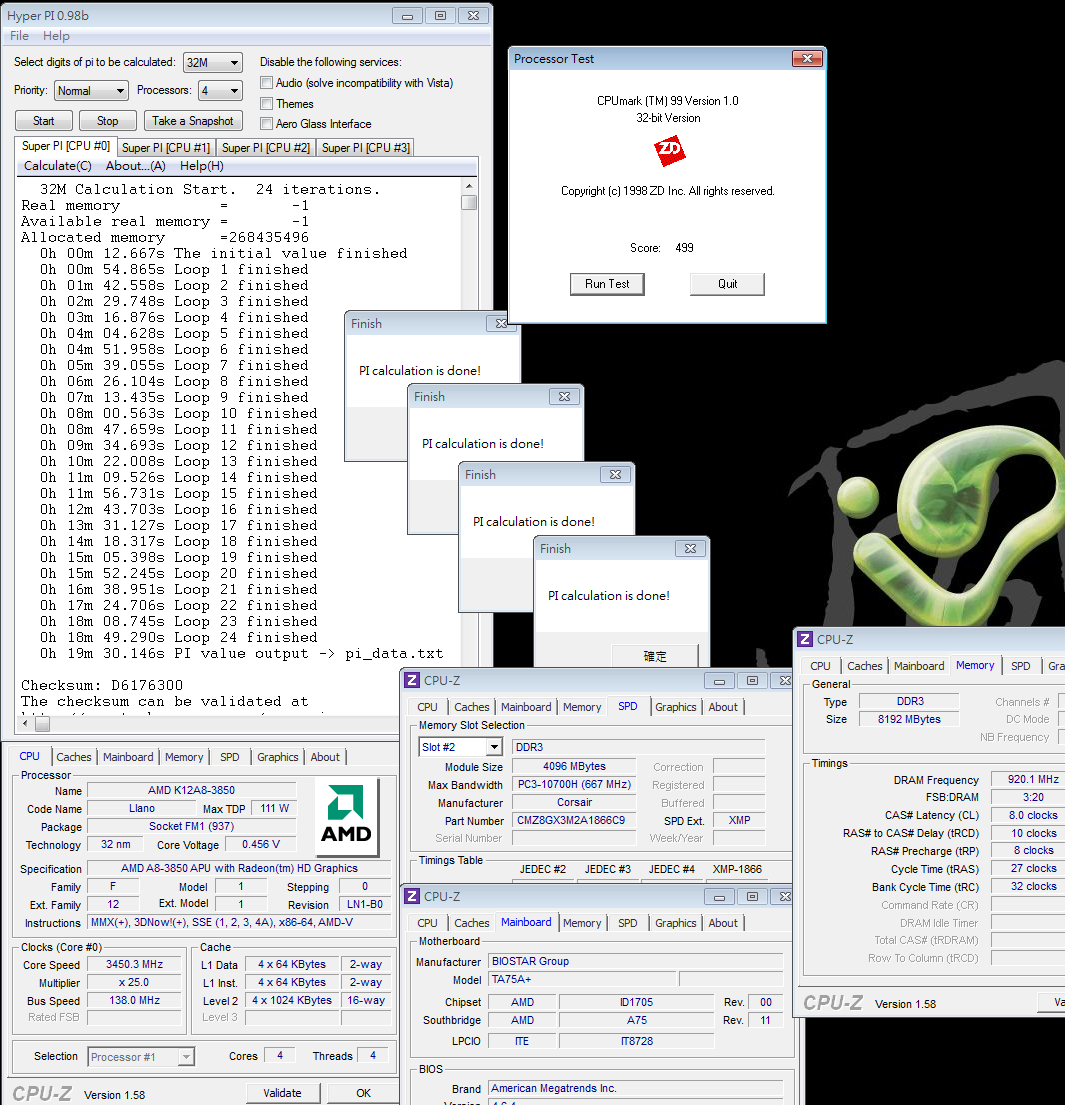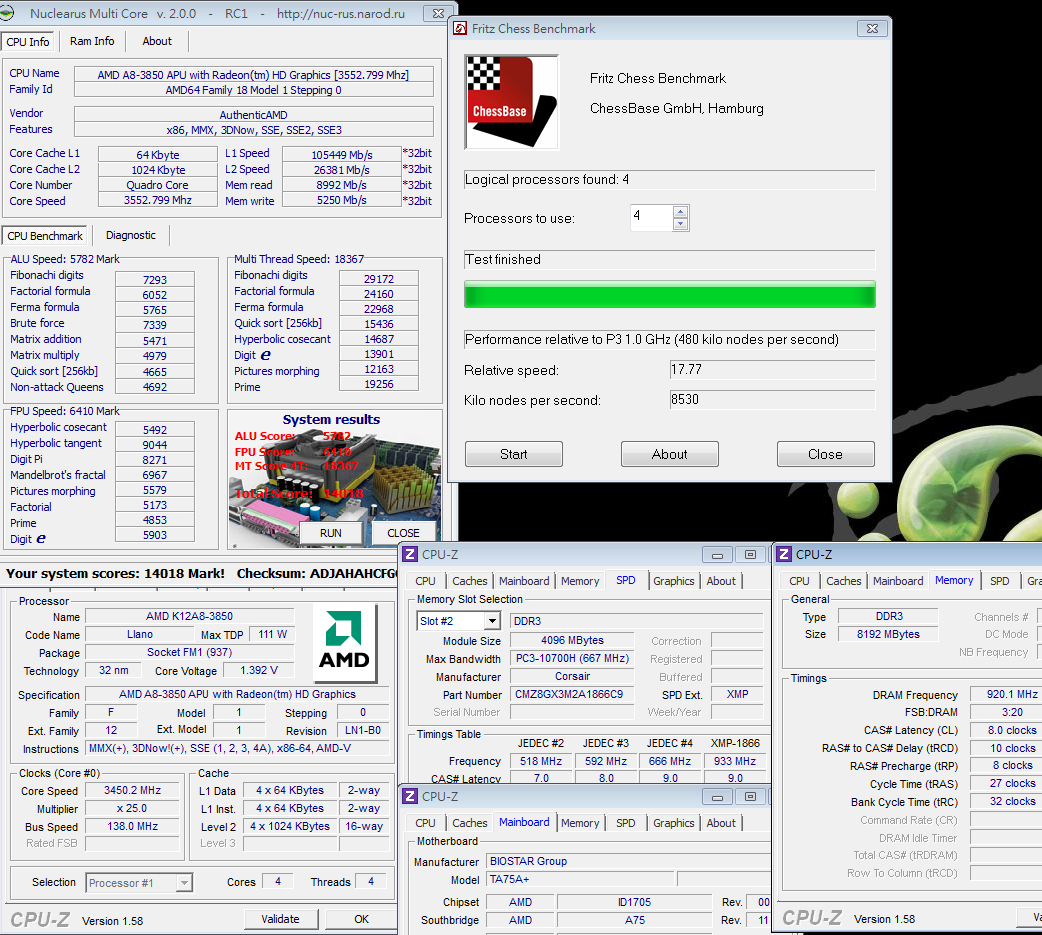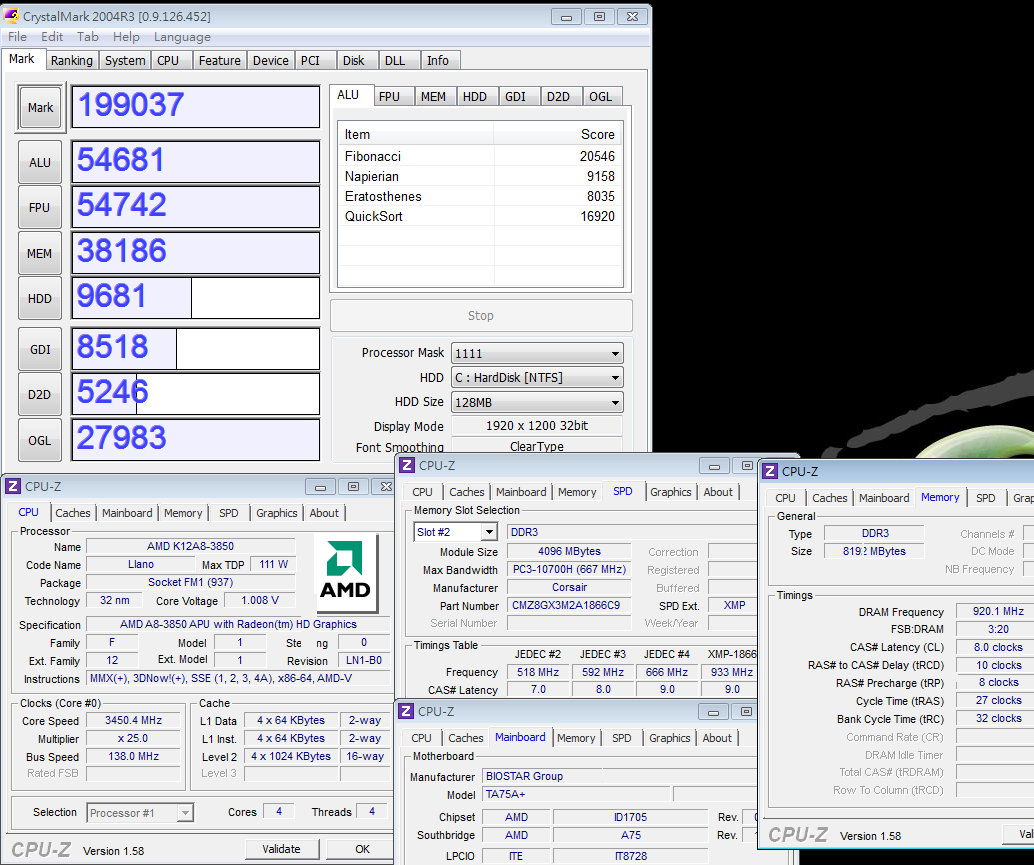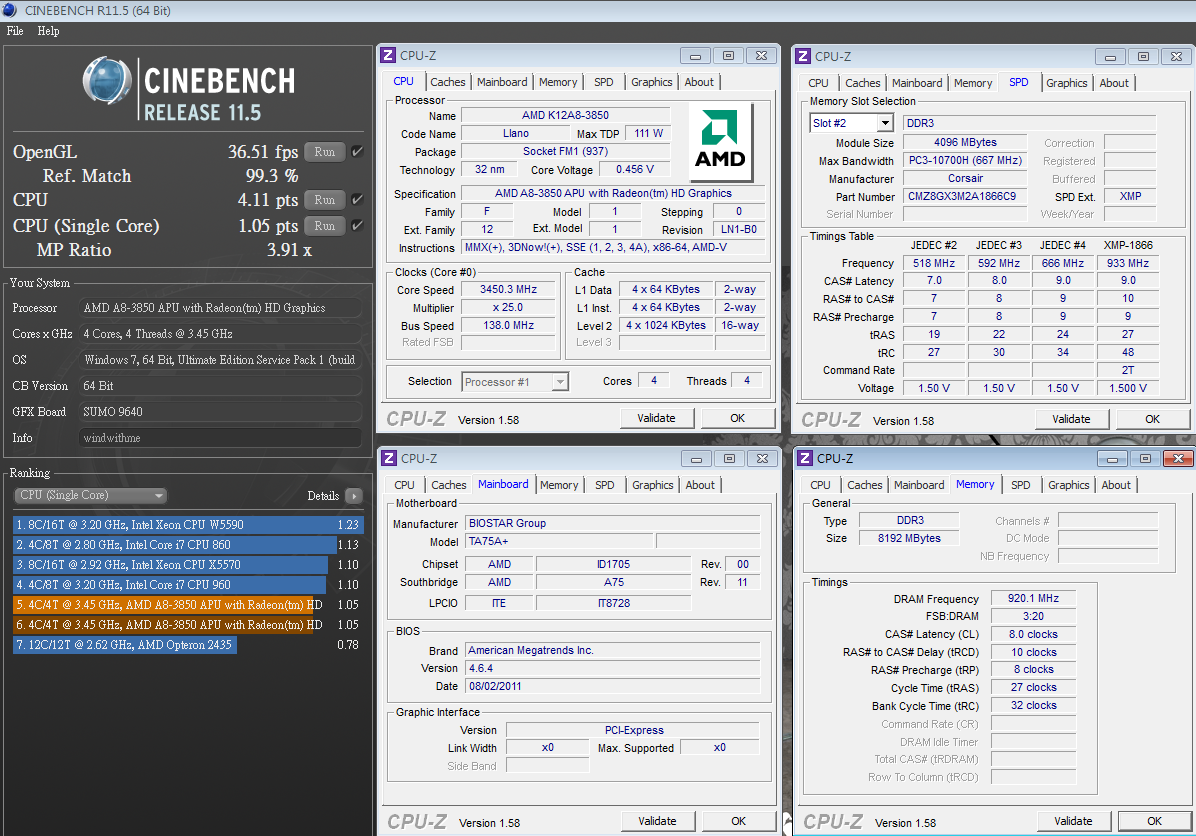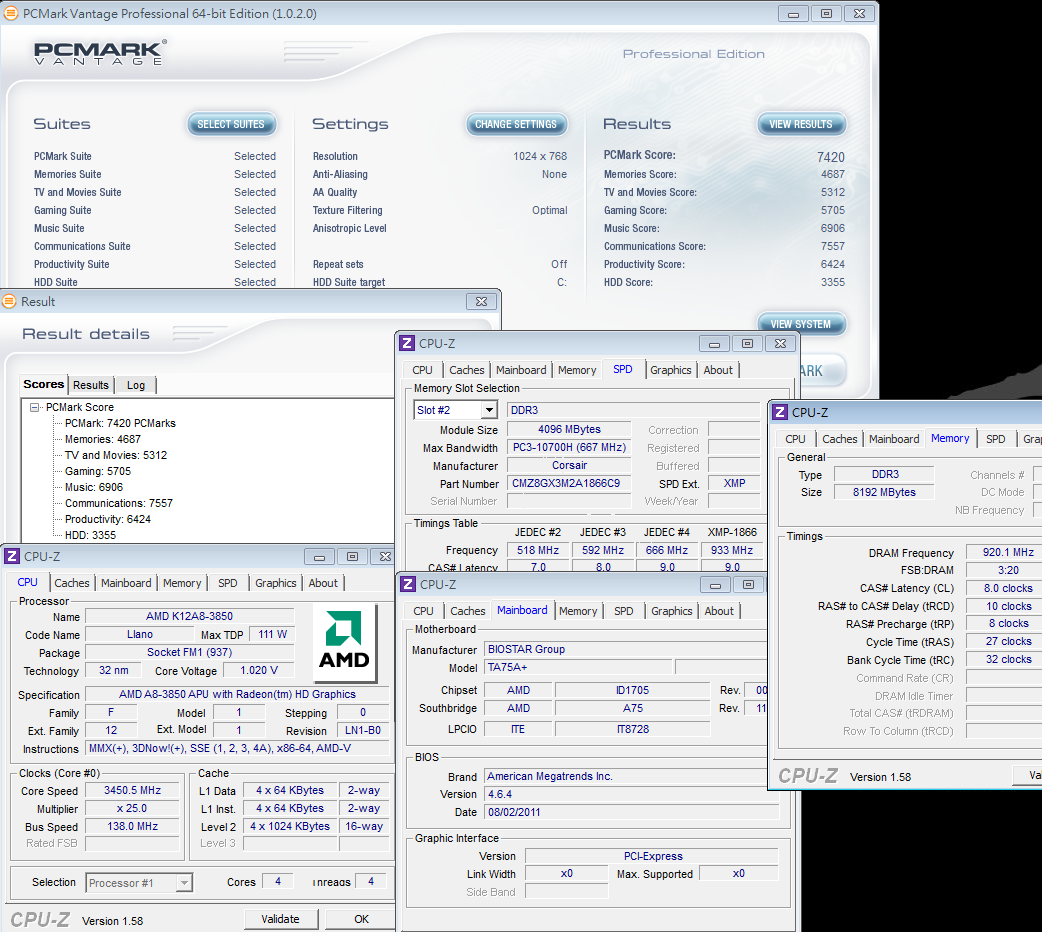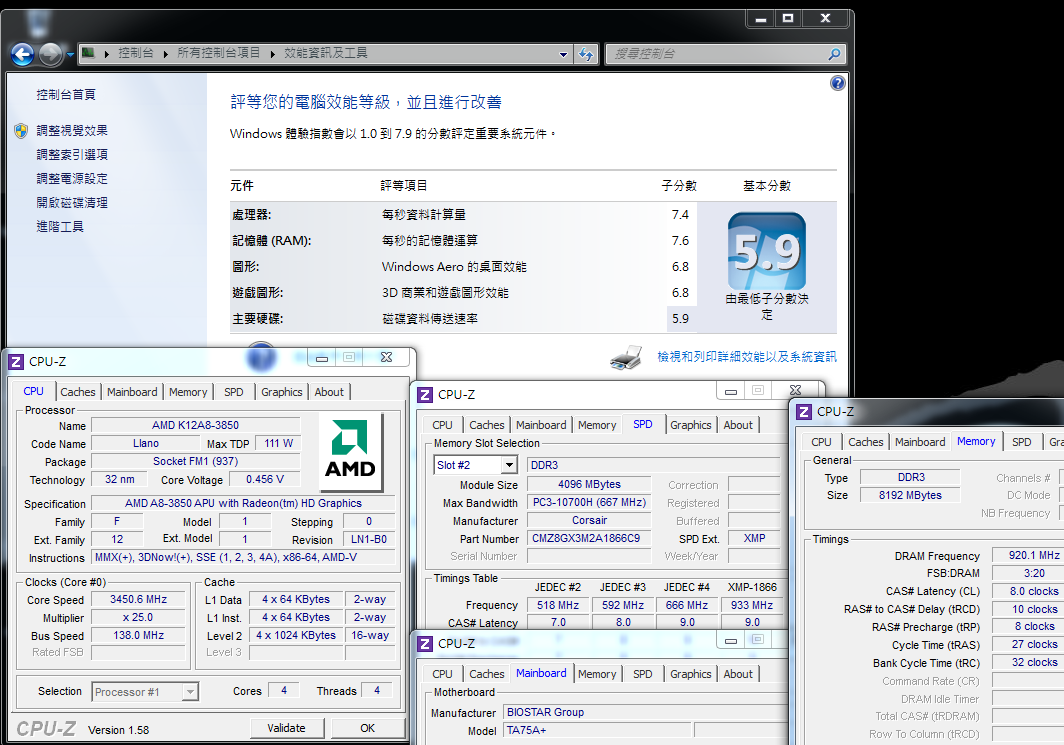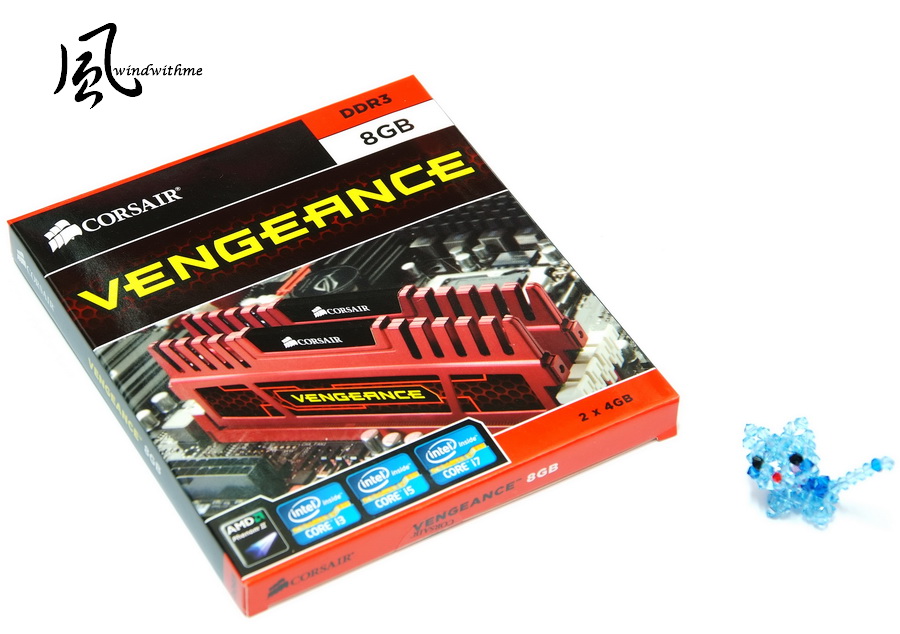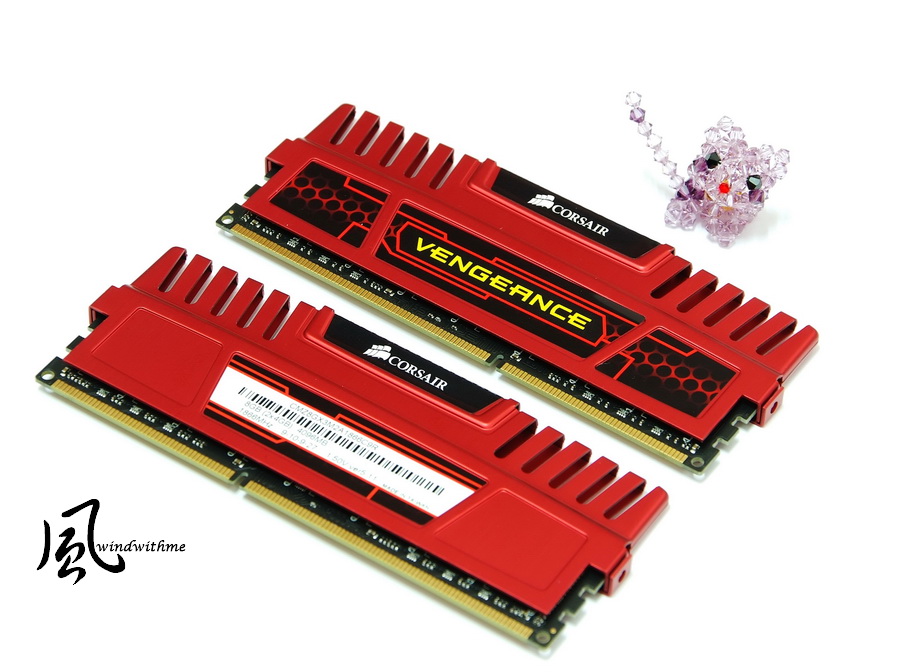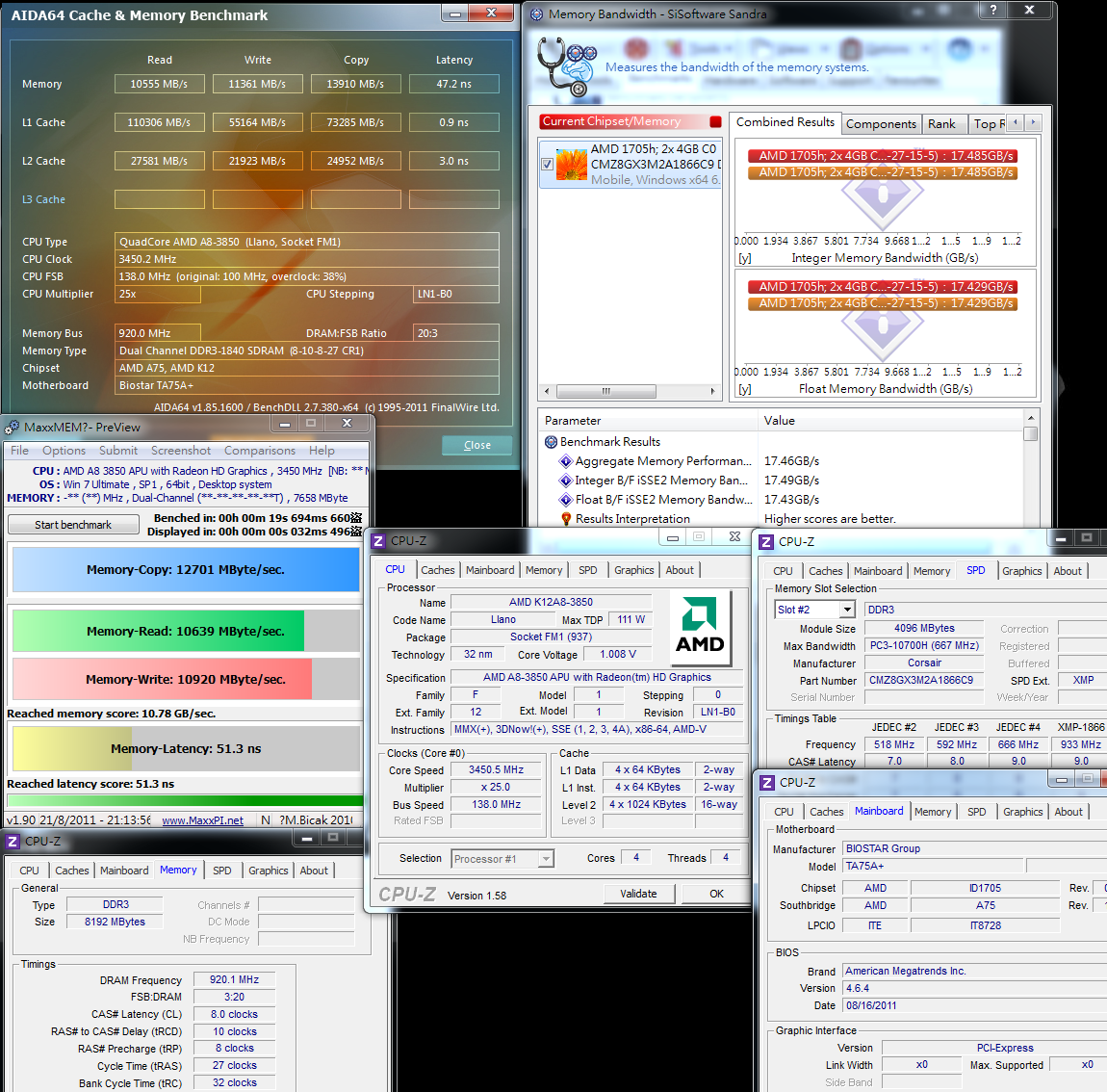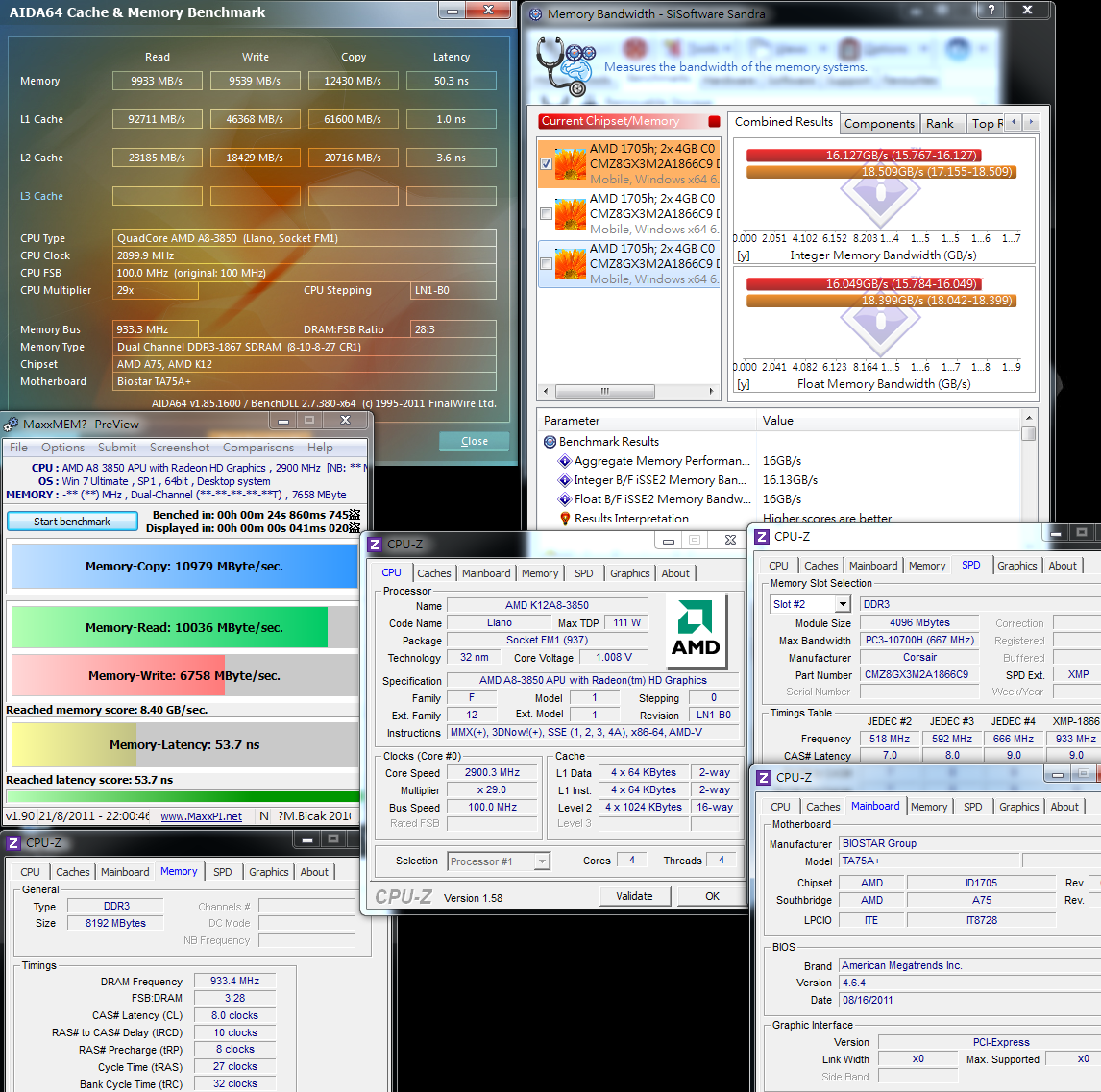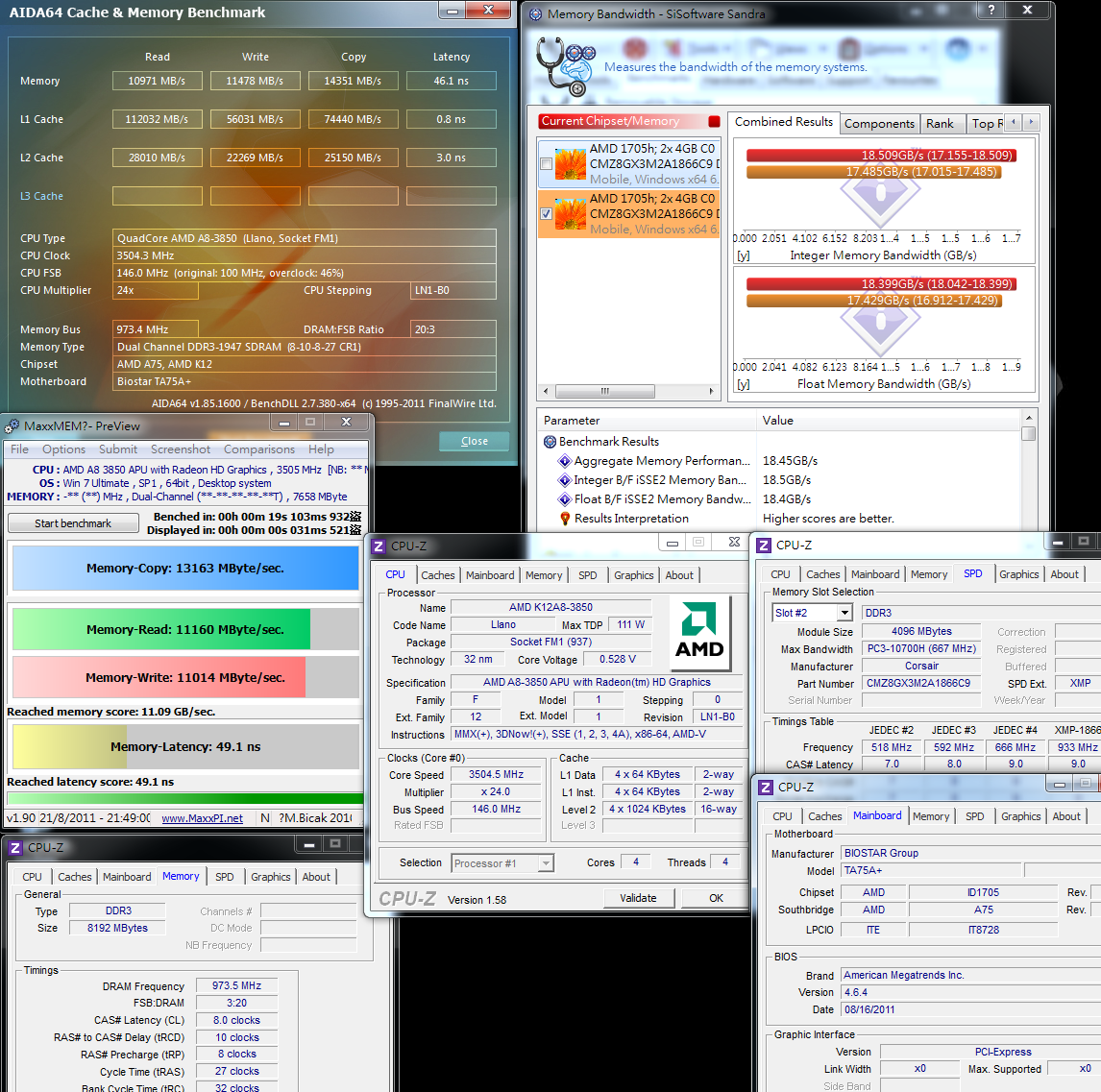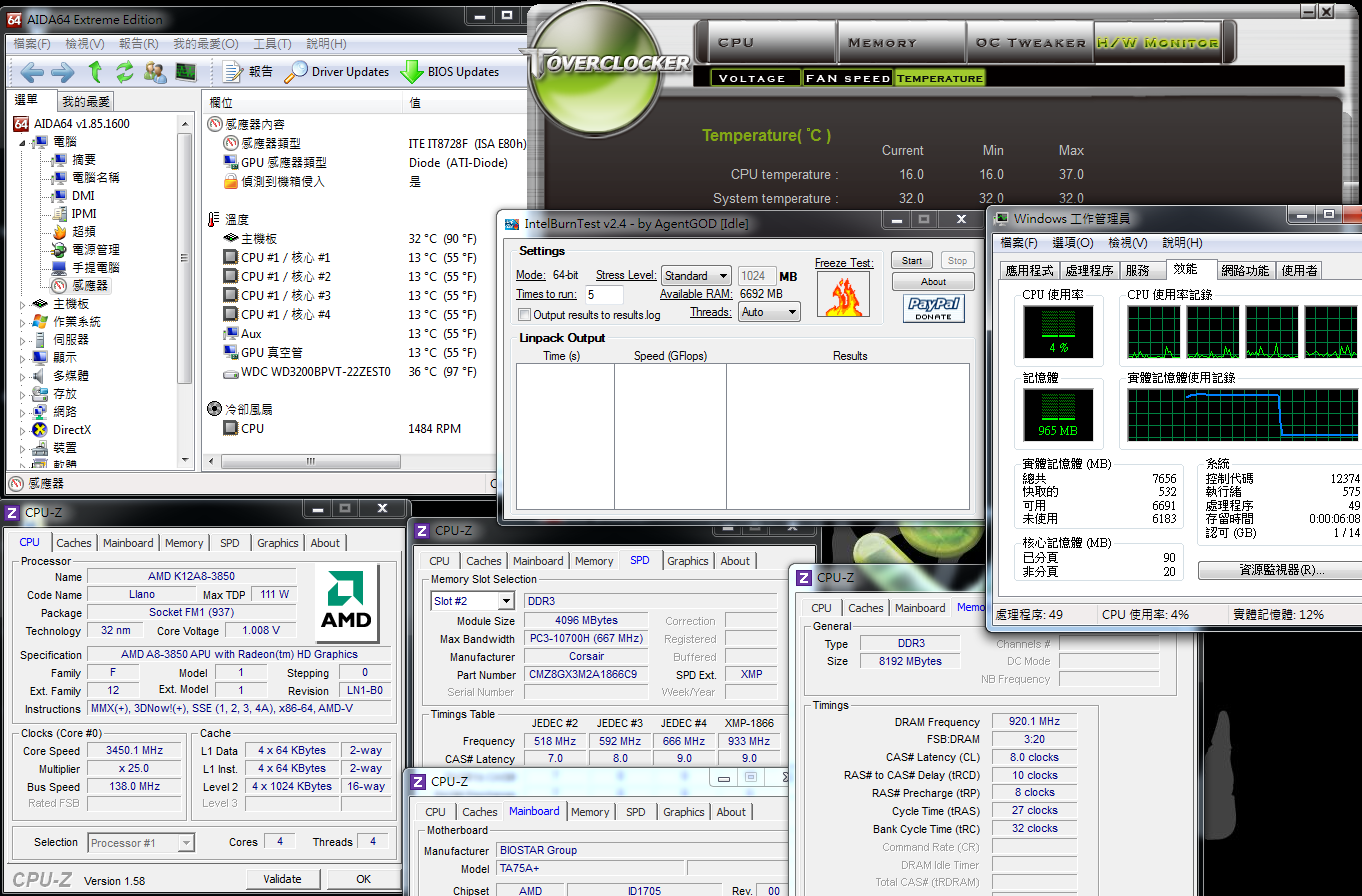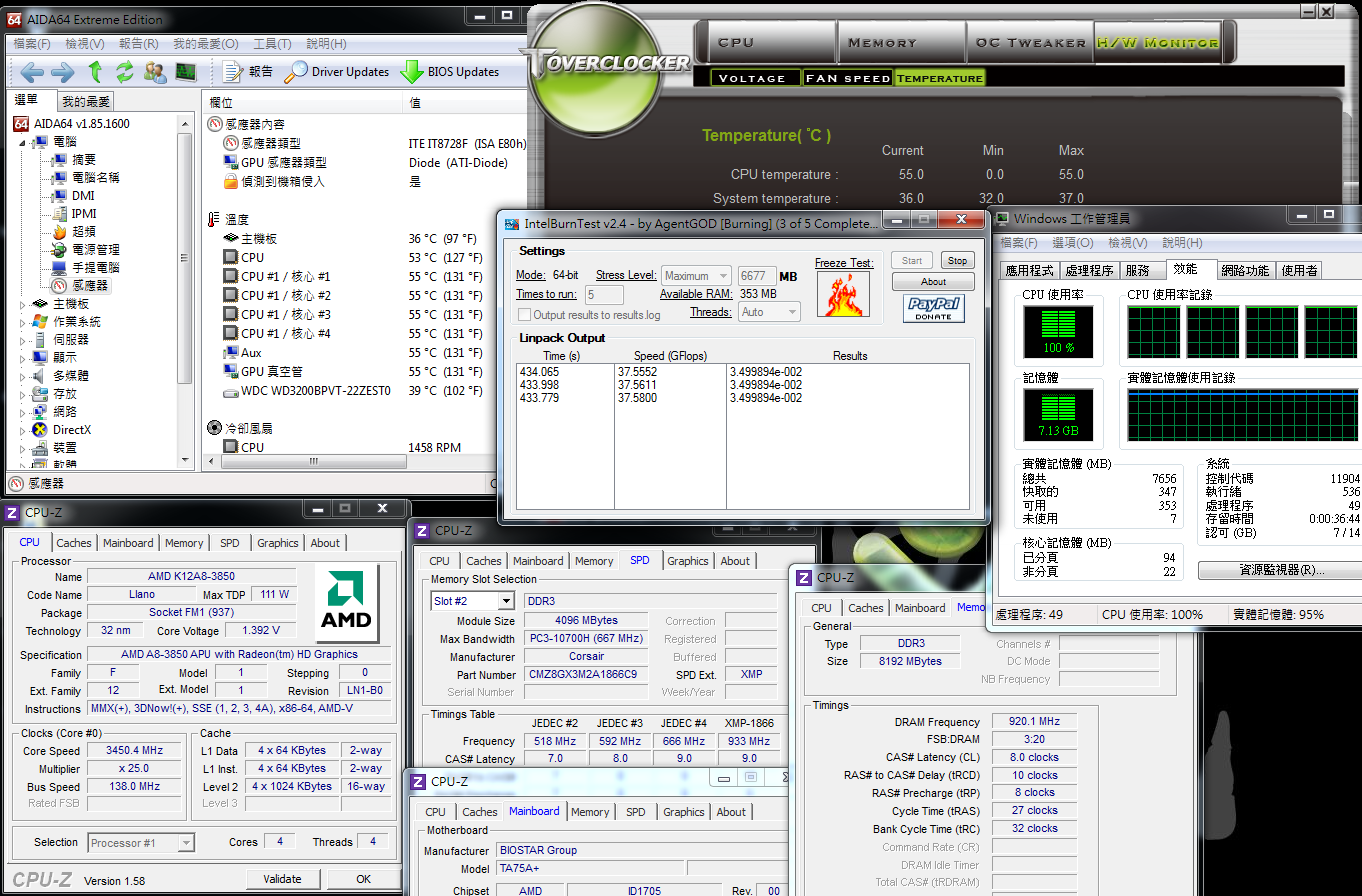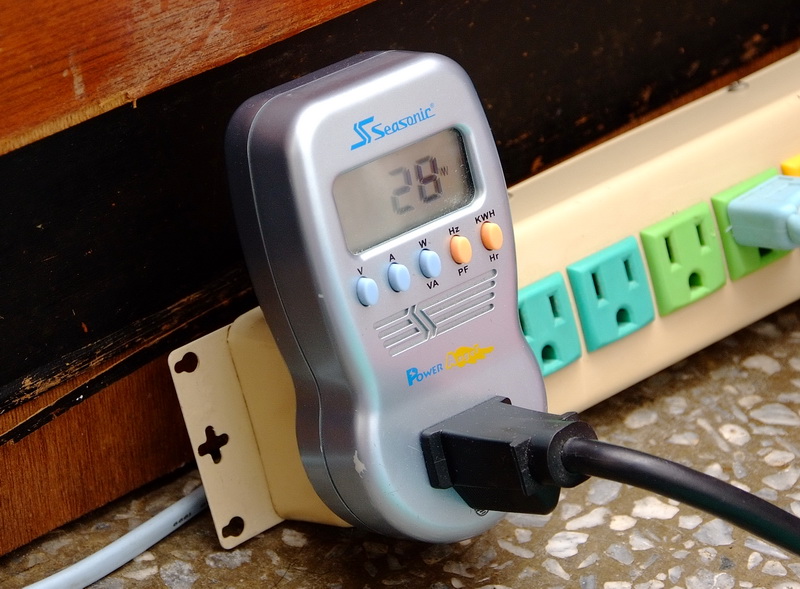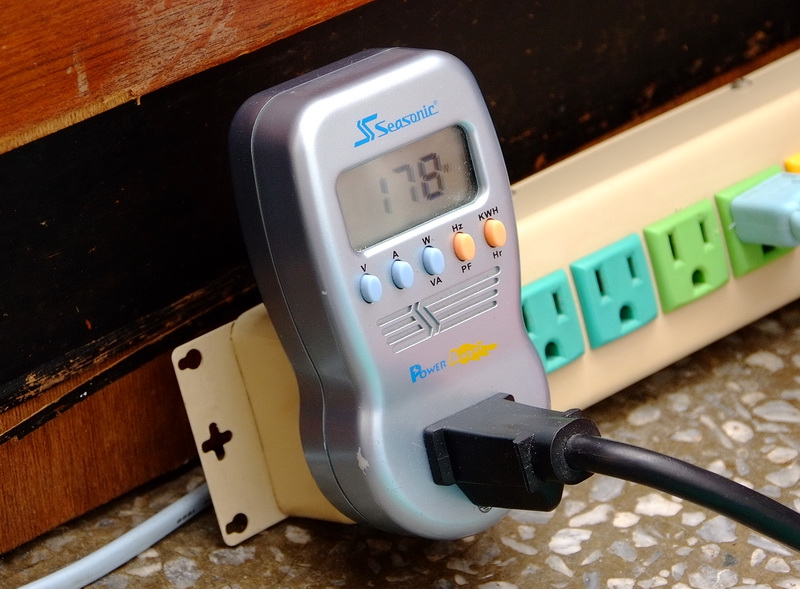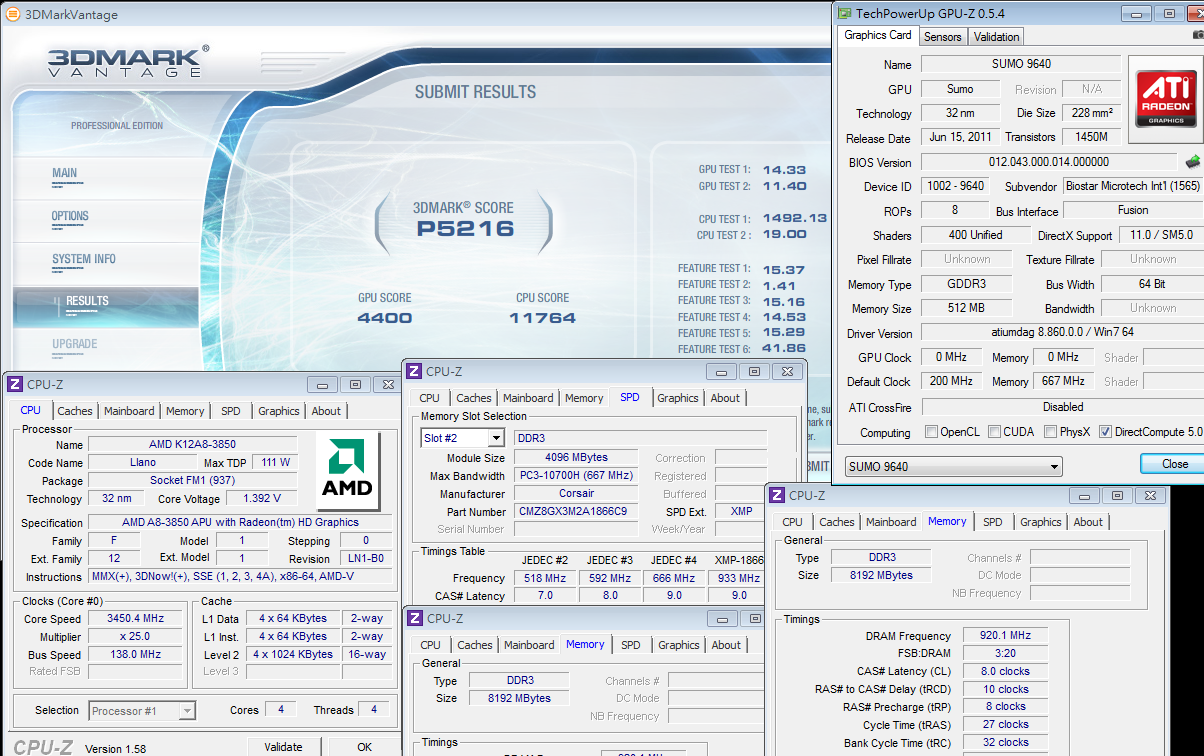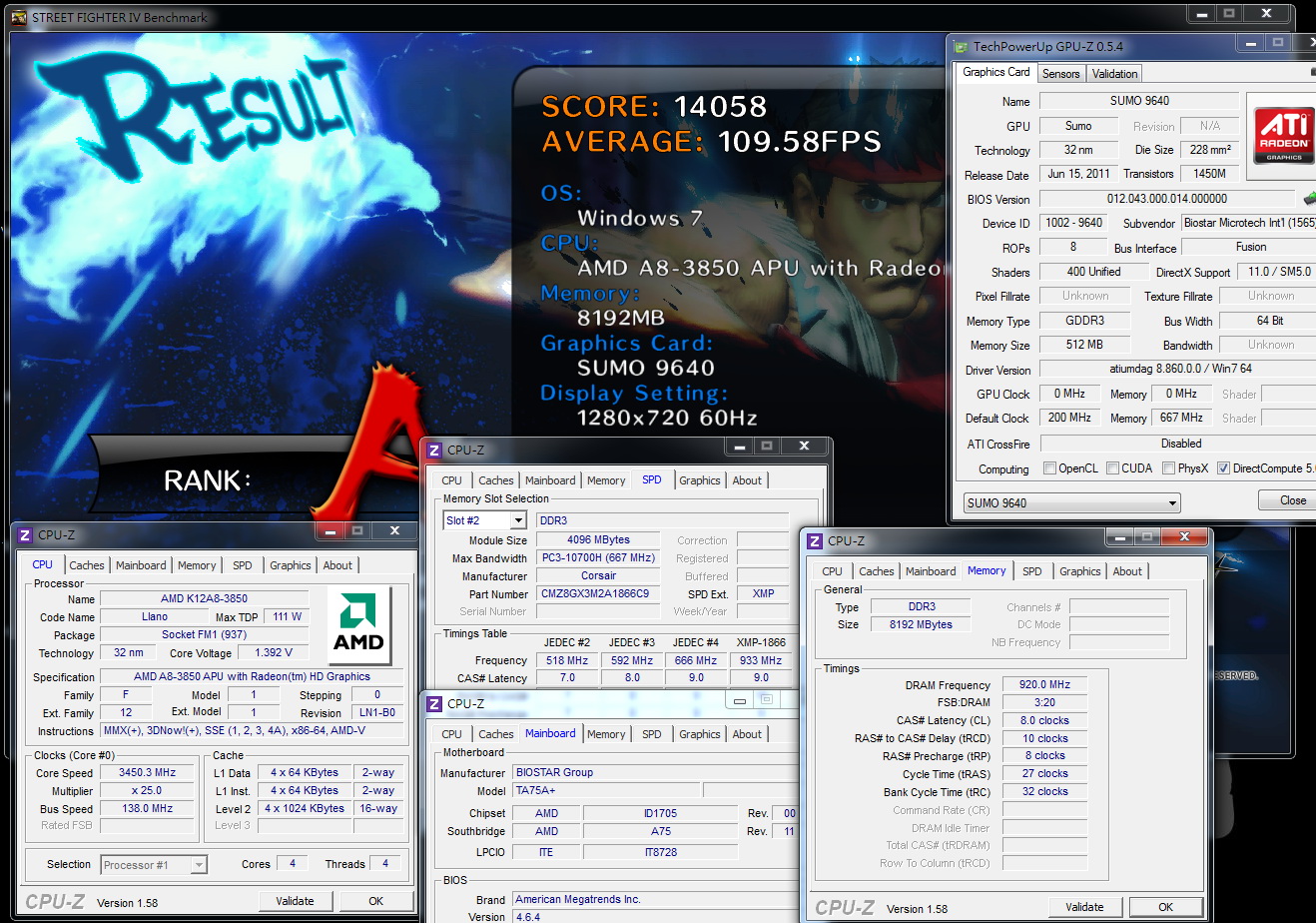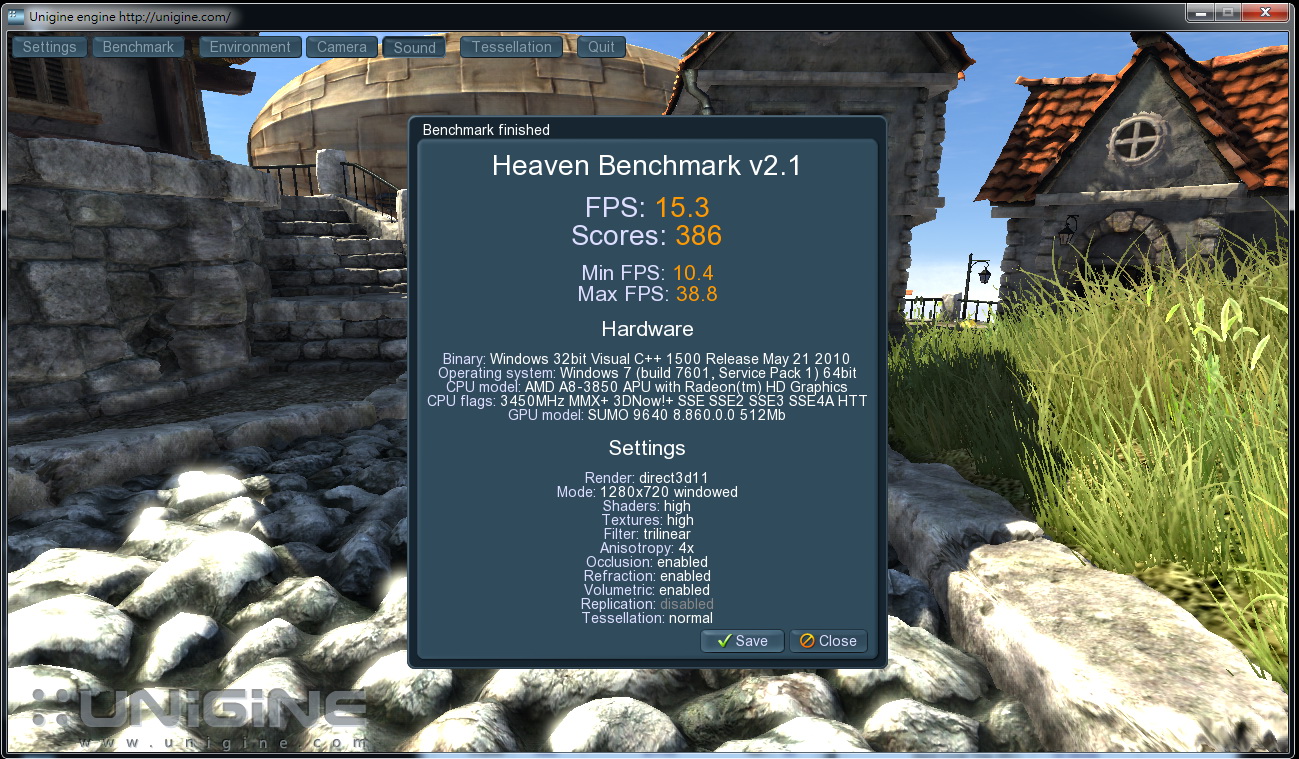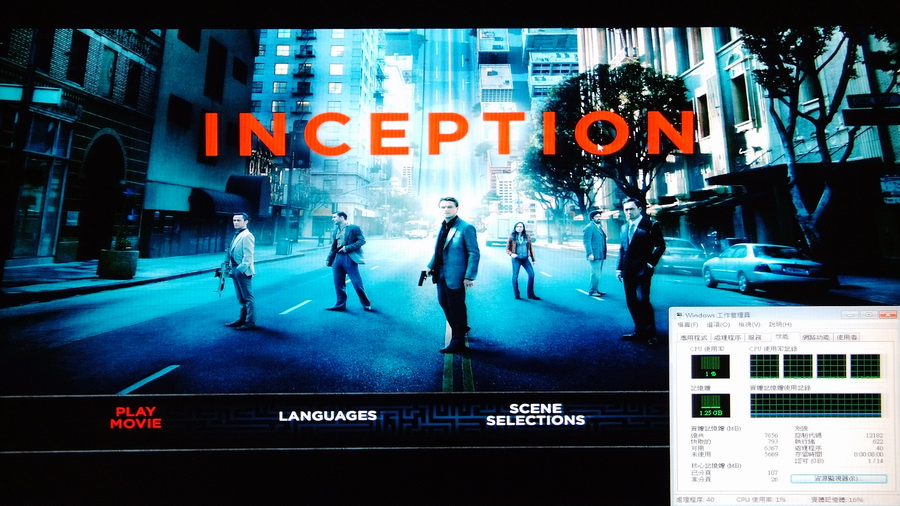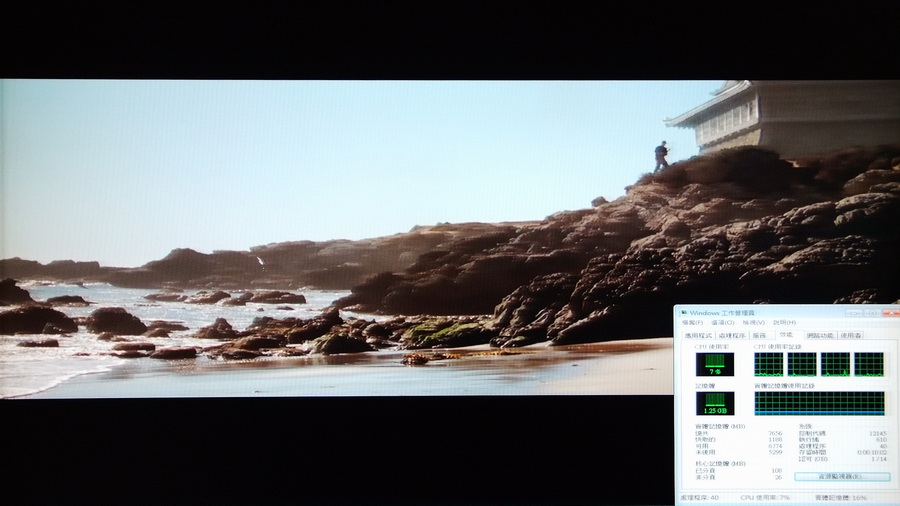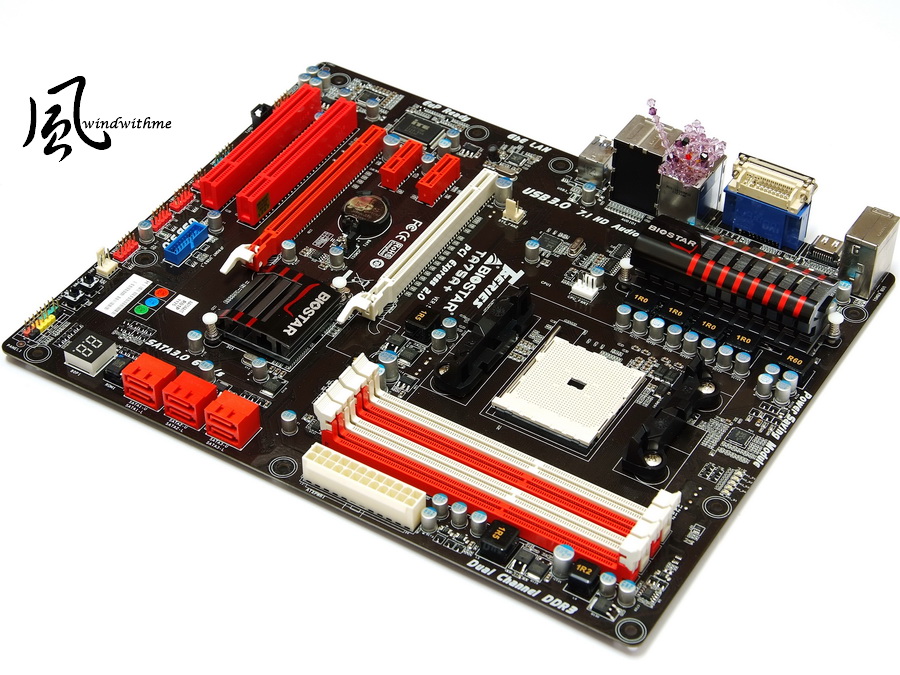- Joined
- Dec 1, 2008
- Messages
- 723
- Reaction score
- 46
In early July, AMD released a new platform with FM1 pin grid array, which supports the CPU and adopts an updated APU technology.
It has updated its own architecture and integrated a GPU with higher performance into the CPU.
For users who support the reasonably-priced AMD, this is definitely another option with new specifications.
In 2011, AMD plans to release a CPU with higher performance called the Bulldozer which is set to strengthen its medium and high-end product lines.
The Llano APU platform has two kinds of chipsets, the A75 and A55. The newly released A55 has low configurations.
In the past, the quad-core CPU only had two options, the A8-3850 and A6-3650. However, recently the tri-core A6-3500 was released to the market.
When the A55 gains a foothold in the market in the future, it can combine with the A6-3500 to present a valuable, new generation high performance internal display platform.
I (nickname: windwithme) have discussed the A75 performance of the Micro ATX in my last article, and now I will talk about the A75 MB of the ATX specification.
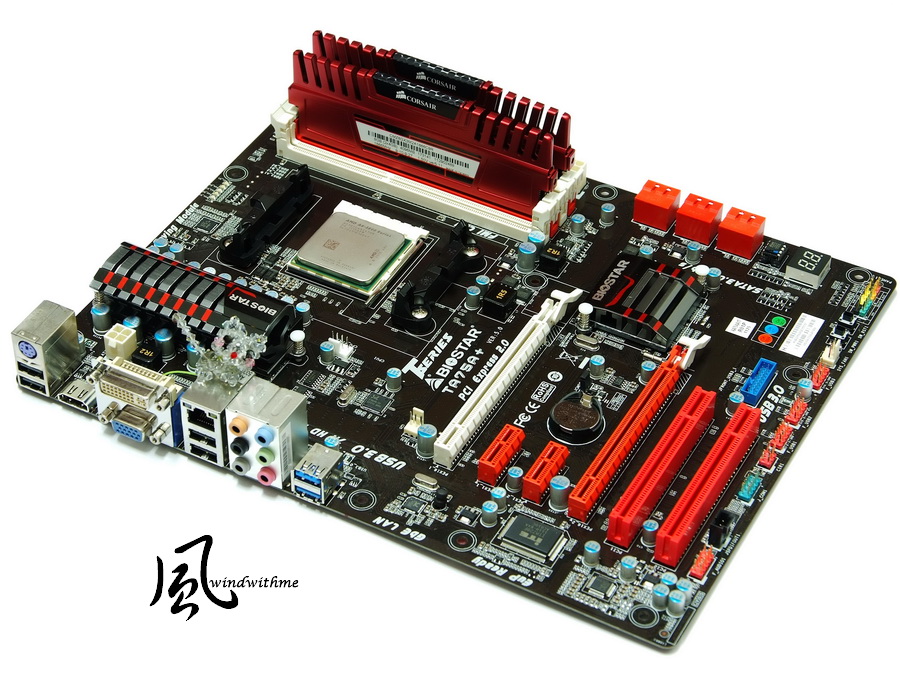
The greatest feature of the A75 is its capability to provide native support of USB 3.0 and SATA3, as well as a wider range of specifications.
Major MB brands have many A75 models available in the market and hopefully, there would be an A75 product with ITX specification released in the future.
I patronize the BIOSTAR TA75A+. The BIOSTAR brand is affordable and has overclocking features; it represents a relatively good C/P value.
The package adopts a simple design with red color and words/patterns that describe the supported functions and technologies.
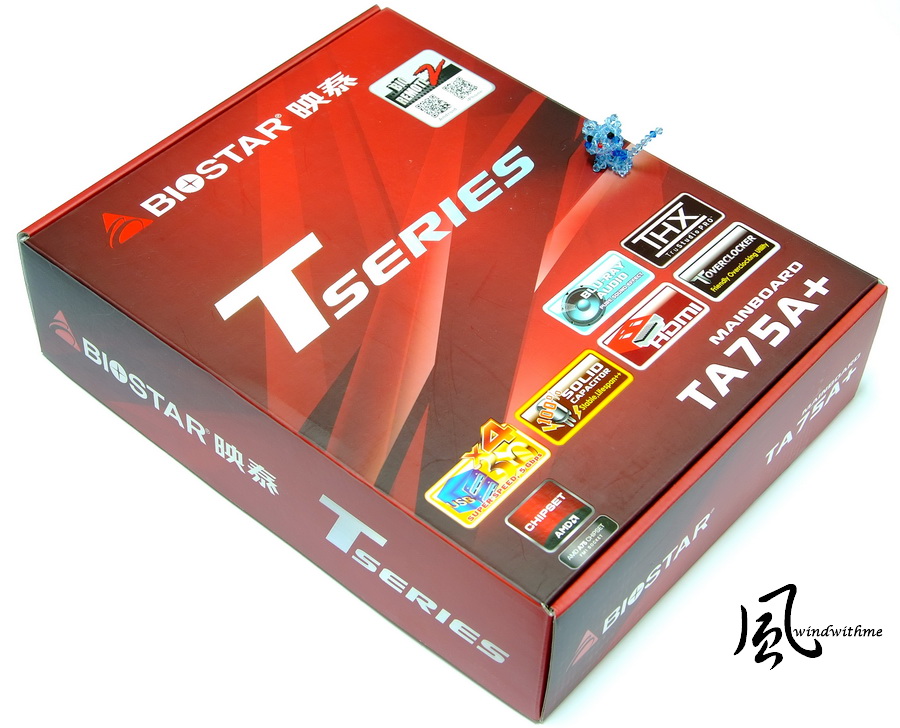
Attached accessories
User’s manual, IO board, SATA wires and software driver disc
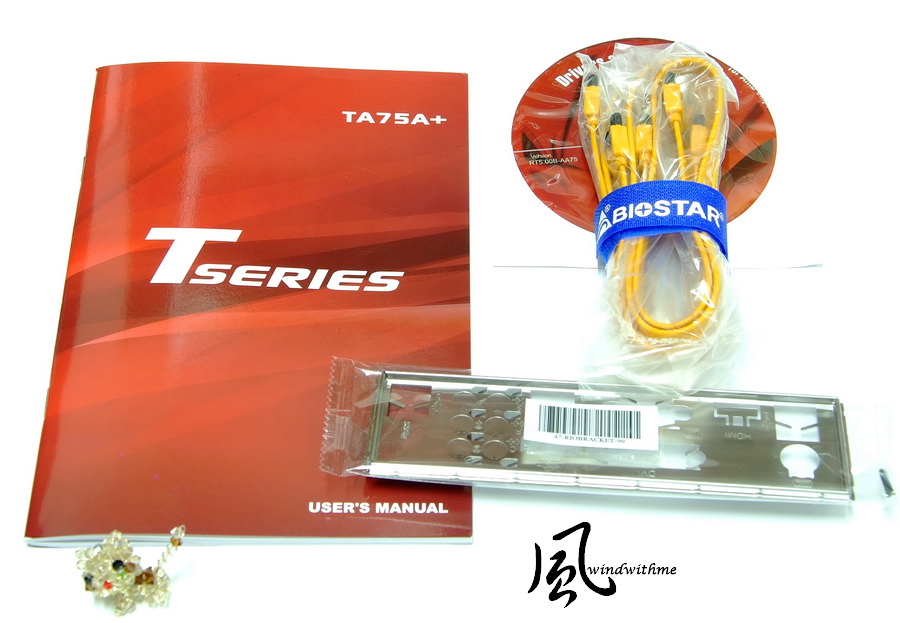
BIOSTAR TA75A+ appearance
The advantage of the ATX is its good scalability. Its large size makes the computer mainframe larger.
Choosing the A75 of the Micro ATX or ATX specification depends on the different requirements of users.
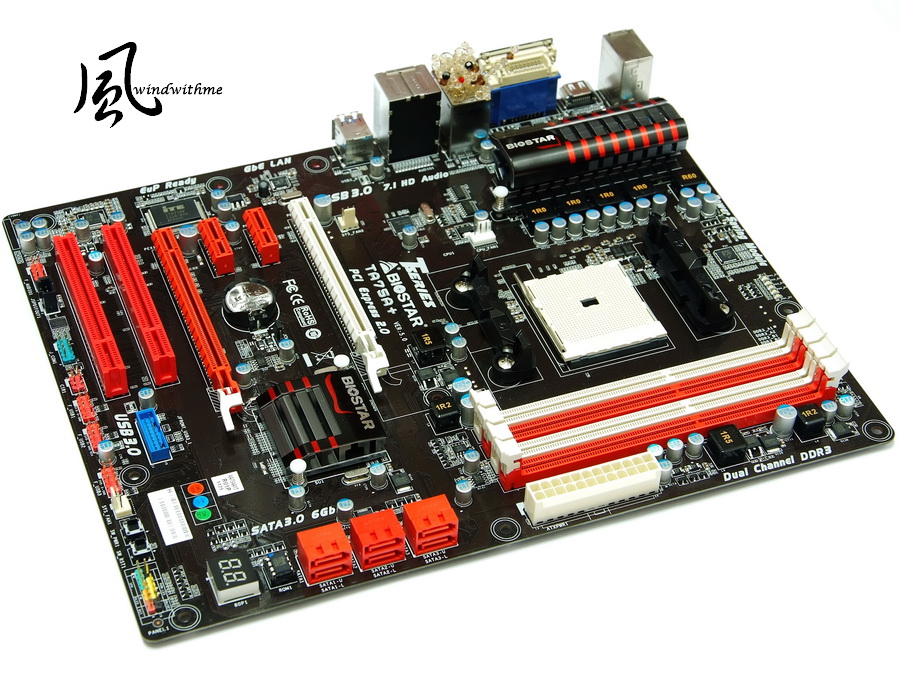
The PCB is black in color while the other extended slots are either red or white.
I believe that replacing white with black would bring better texture.
Currently, many advanced MB products generally use black and red colors.
This is because black appeals to a lot of consumers.
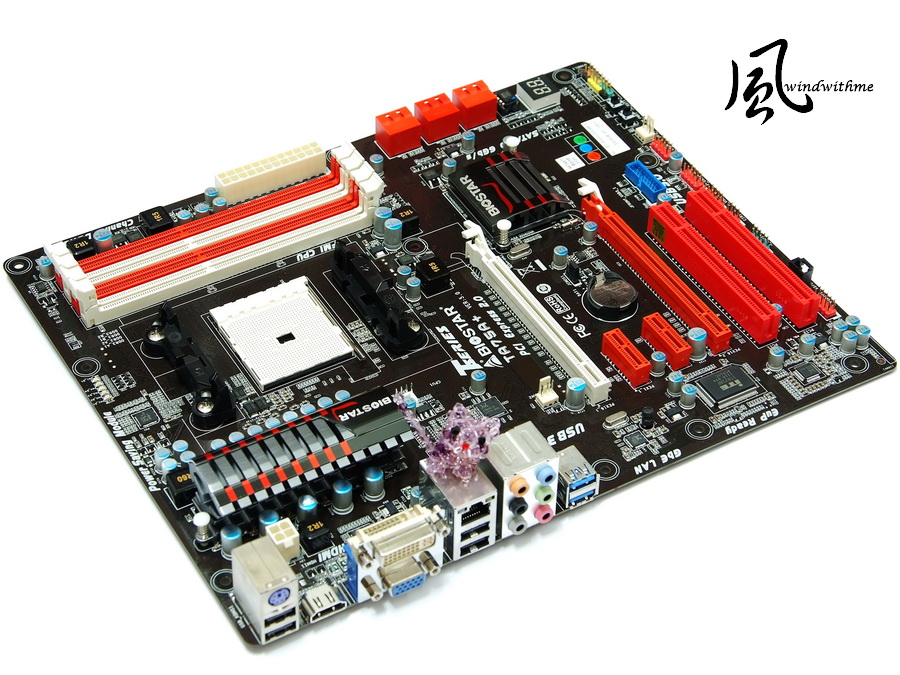
The lower left section of the motherboard
2 X PCI-E 2.0 X16 supports 2Way CrossFireX technology, and the bandwidth is X16+X4
2 X PCI-E X1
2 X PCI
Realtek RTL8111E network chip
Realtek ALC892 audio chip supports 8-channel HD Audio
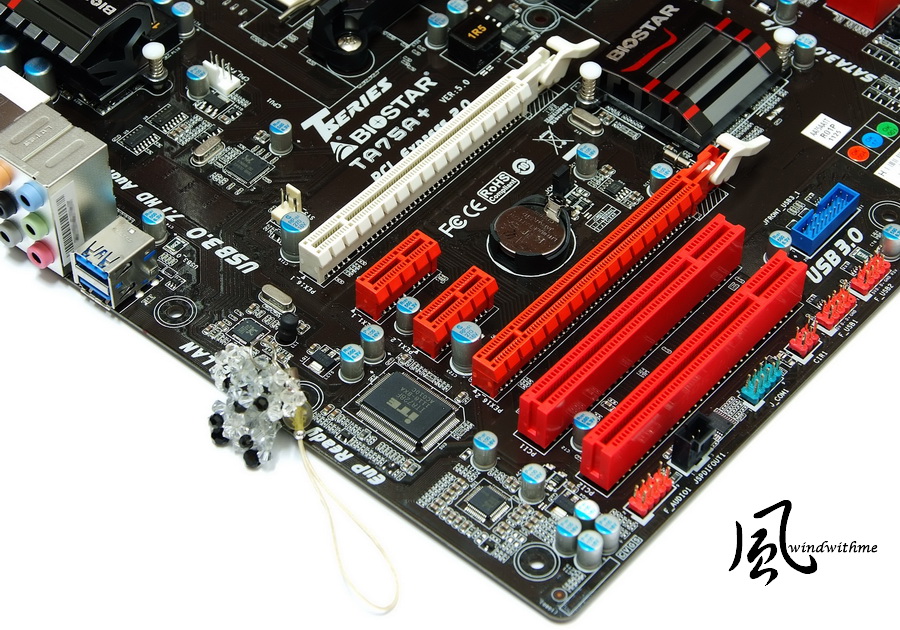
The lower right section of the motherboard
4 X red SATAII connectors are provided by the A75 chip; these are of SATA3 specification and support RAID 0, RAID 1, and RAID 10.
Blue is the front extended USB 3.0 slot, Power, Reset buttons, and a simple built-in Debug LED
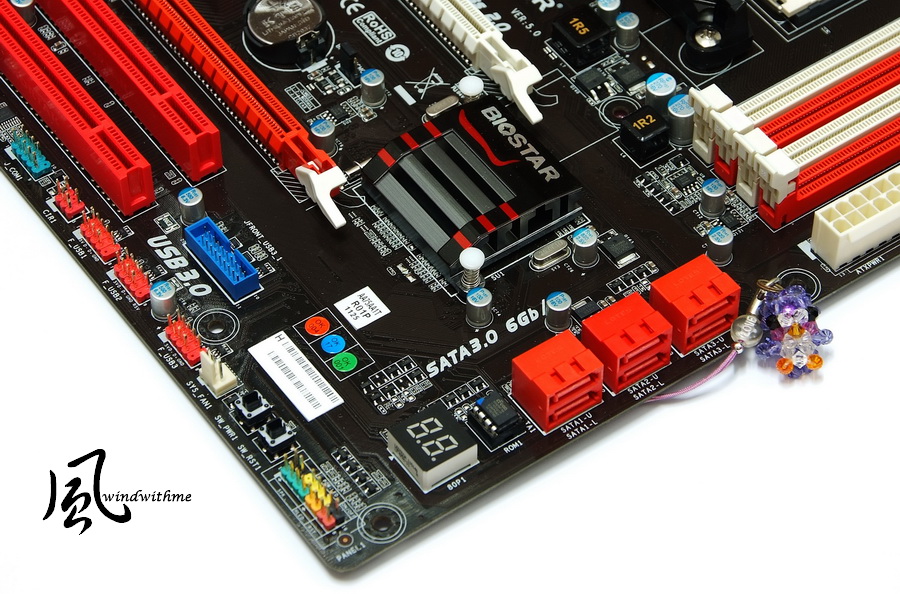
The upper right section of the motherboard
4 X DIMM DDR3 slots support 800/1066/1333/1600/1866/2000(OC), and the highest DDR3 capacity supported is 32GB.
Specification of DDR3 2000 can be only achieved through CPU overclocking, along with a 24-pin ATX power connector.
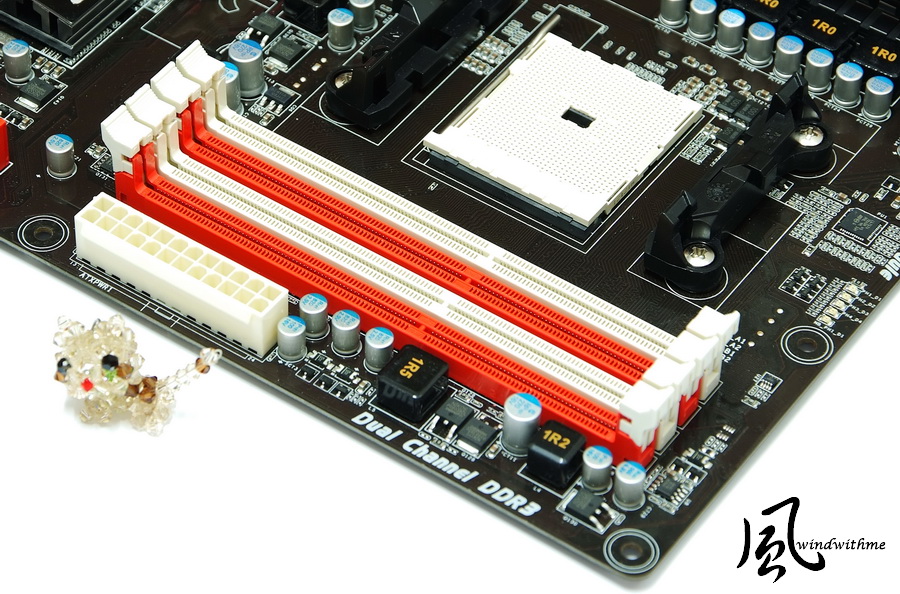
The upper left section of the motherboard
TA75A+ requires 4+1 phase power supply, supports AMD A8/A6 CPU and A4/E4 series to be released in the future.
The 8-pin power input is positioned in the upper left. In the past, the AM2+/AM3 heat sink were also installed on the FM1 pin grid array.
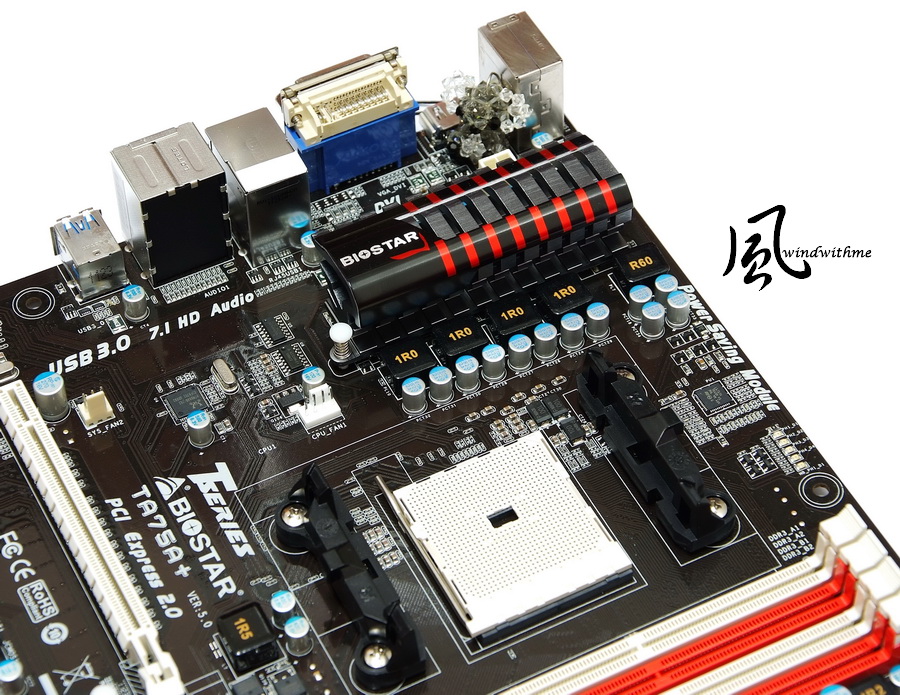
IO
1 X PS2 keyboard
VGA/DVI/HDMI
4 X USB 2.0(black)
2 X USB 3.0(blue)
1 X RJ-45network hole
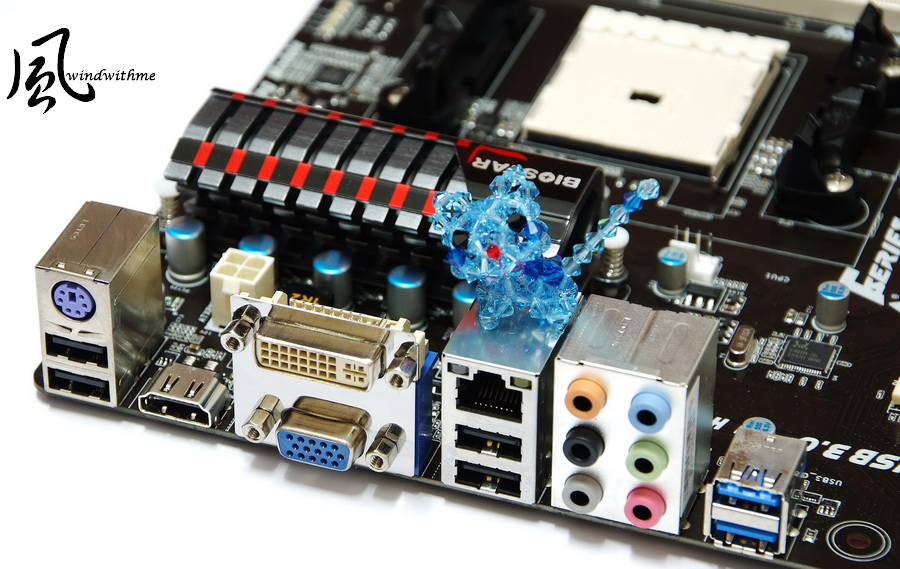
It has updated its own architecture and integrated a GPU with higher performance into the CPU.
For users who support the reasonably-priced AMD, this is definitely another option with new specifications.
In 2011, AMD plans to release a CPU with higher performance called the Bulldozer which is set to strengthen its medium and high-end product lines.
The Llano APU platform has two kinds of chipsets, the A75 and A55. The newly released A55 has low configurations.
In the past, the quad-core CPU only had two options, the A8-3850 and A6-3650. However, recently the tri-core A6-3500 was released to the market.
When the A55 gains a foothold in the market in the future, it can combine with the A6-3500 to present a valuable, new generation high performance internal display platform.
I (nickname: windwithme) have discussed the A75 performance of the Micro ATX in my last article, and now I will talk about the A75 MB of the ATX specification.

The greatest feature of the A75 is its capability to provide native support of USB 3.0 and SATA3, as well as a wider range of specifications.
Major MB brands have many A75 models available in the market and hopefully, there would be an A75 product with ITX specification released in the future.
I patronize the BIOSTAR TA75A+. The BIOSTAR brand is affordable and has overclocking features; it represents a relatively good C/P value.
The package adopts a simple design with red color and words/patterns that describe the supported functions and technologies.

Attached accessories
User’s manual, IO board, SATA wires and software driver disc

BIOSTAR TA75A+ appearance
The advantage of the ATX is its good scalability. Its large size makes the computer mainframe larger.
Choosing the A75 of the Micro ATX or ATX specification depends on the different requirements of users.

The PCB is black in color while the other extended slots are either red or white.
I believe that replacing white with black would bring better texture.
Currently, many advanced MB products generally use black and red colors.
This is because black appeals to a lot of consumers.

The lower left section of the motherboard
2 X PCI-E 2.0 X16 supports 2Way CrossFireX technology, and the bandwidth is X16+X4
2 X PCI-E X1
2 X PCI
Realtek RTL8111E network chip
Realtek ALC892 audio chip supports 8-channel HD Audio

The lower right section of the motherboard
4 X red SATAII connectors are provided by the A75 chip; these are of SATA3 specification and support RAID 0, RAID 1, and RAID 10.
Blue is the front extended USB 3.0 slot, Power, Reset buttons, and a simple built-in Debug LED

The upper right section of the motherboard
4 X DIMM DDR3 slots support 800/1066/1333/1600/1866/2000(OC), and the highest DDR3 capacity supported is 32GB.
Specification of DDR3 2000 can be only achieved through CPU overclocking, along with a 24-pin ATX power connector.

The upper left section of the motherboard
TA75A+ requires 4+1 phase power supply, supports AMD A8/A6 CPU and A4/E4 series to be released in the future.
The 8-pin power input is positioned in the upper left. In the past, the AM2+/AM3 heat sink were also installed on the FM1 pin grid array.

IO
1 X PS2 keyboard
VGA/DVI/HDMI
4 X USB 2.0(black)
2 X USB 3.0(blue)
1 X RJ-45network hole


